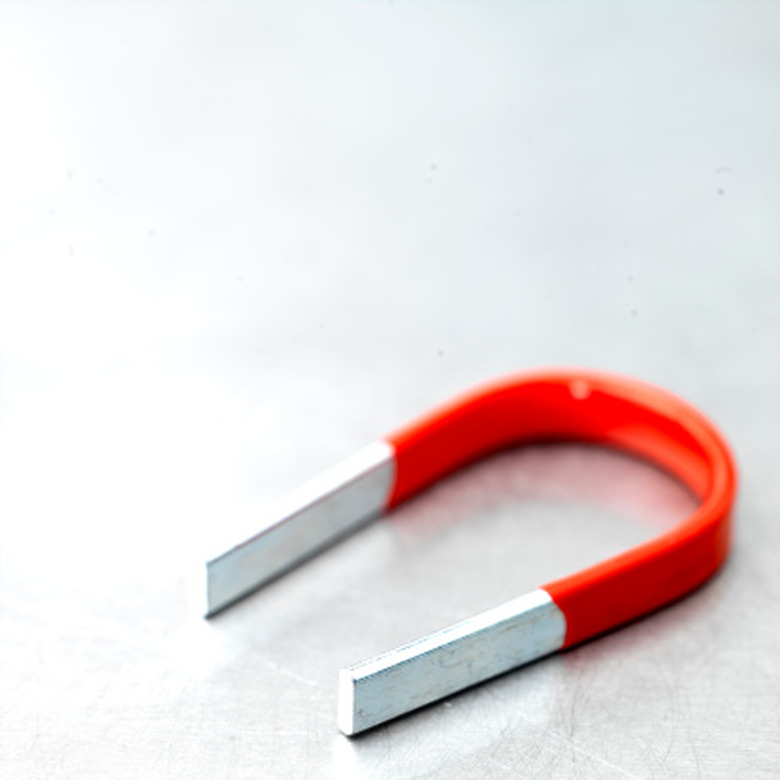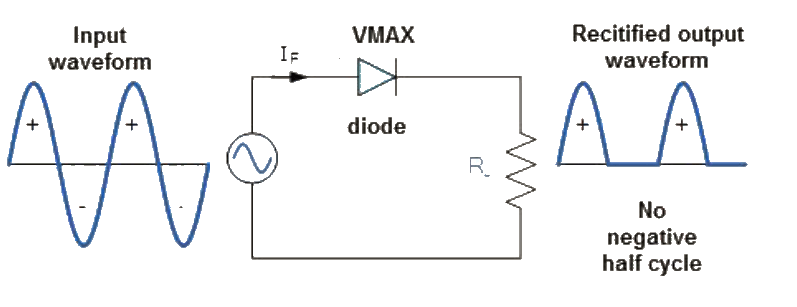barnett468
New Member
Hello;
My apologies if this is in the wrong section.
I have a problem with my 1974 Kawasaki 90 6 volt charging system and was hoping someone here could help. I know very little about electronics so please bear with me. The battery quickly looses power after using the signals and rear brake because the charging system does not put out enough voltage to charge the battery.
The stator is not an oil bath type. It is basically a dirt bike type with a separate coil for the turn signals and brake light. The other coil runs the engine, headlight, and running light.
It uses a very small rectifier only to convert the ac to dc. There is no regulator. The rectifier has 2 leads and a metal ground strap.
The battery charging coil puts out around a maximum of 10.5 volts ac rms (not peak voltage)? at around 2500 rpms and above. I'm guessing it is rms voltage because I am using a cheap voltmeter and was told they only read rms.
The rectifier puts out around 5.2 volts dc to the battery at around 2500 rpms and above. This is with the original rectifier and a new factory one. This is not enough voltage to charge the 6 volt battery.
All the wire connections are clean.
The battery charging coil has 1.5 ohms which is within the mfg's spec.
The flywheel has good magnetism.
The battery is a new wet cell type from the original mfg YUASA (although it is now made in taiwan instead of japan) and it reads around 6.2 volts when fully charged with the engine and lights turned off.
I was told that dc voltage is the same as ac rms voltage. In other words, if a system puts out 10 volts ac rms, it will put out 10 volts dc (possibly minus some small loss from going thru the rectifier), after it is rectified.
1. The battery charging system had to have put out slightly more voltage when the bike was new, otherwise, every one of them would have had to been repaired under warranty, therefore, based upon this assumption, why do you think it now puts out slightly less voltage than it did when it was new.
2. I read that a half wave rectifier will only put out half of the ac rms voltage, meaning that if it has 10 volts ac rms going in, it will only put out 5 volts dc. I also read that a full wave rectifier will put out the same amount of dc as the ac rms going into the other side. Is this correct?
3. If the answer to question number 2 is yes, is it possible that the factory rectifier is a half wave type instead of a full wave type?
4. Is there a way to tell if a rectifier is a half wave or full wave type?
5. If my rectifier is a half wave type, and a full wave type will put out more dc voltage than the original one currently is, where can I find one that will work? I have seen them on Amazon for as little as $6.00.
6. If a full wave rectifier will put out more voltage than I need, is there a cheap and easy way to regulate/limit the amount of peak dc voltage it puts out without having to reinvent the wiring harness?
7. Is there a ready to use 6 volt full wave rectifier/regulator combo that will work for this app?
Thanks for any help
.
Here's the rectifier
.
.
.
My apologies if this is in the wrong section.
I have a problem with my 1974 Kawasaki 90 6 volt charging system and was hoping someone here could help. I know very little about electronics so please bear with me. The battery quickly looses power after using the signals and rear brake because the charging system does not put out enough voltage to charge the battery.
The stator is not an oil bath type. It is basically a dirt bike type with a separate coil for the turn signals and brake light. The other coil runs the engine, headlight, and running light.
It uses a very small rectifier only to convert the ac to dc. There is no regulator. The rectifier has 2 leads and a metal ground strap.
The battery charging coil puts out around a maximum of 10.5 volts ac rms (not peak voltage)? at around 2500 rpms and above. I'm guessing it is rms voltage because I am using a cheap voltmeter and was told they only read rms.
The rectifier puts out around 5.2 volts dc to the battery at around 2500 rpms and above. This is with the original rectifier and a new factory one. This is not enough voltage to charge the 6 volt battery.
All the wire connections are clean.
The battery charging coil has 1.5 ohms which is within the mfg's spec.
The flywheel has good magnetism.
The battery is a new wet cell type from the original mfg YUASA (although it is now made in taiwan instead of japan) and it reads around 6.2 volts when fully charged with the engine and lights turned off.
I was told that dc voltage is the same as ac rms voltage. In other words, if a system puts out 10 volts ac rms, it will put out 10 volts dc (possibly minus some small loss from going thru the rectifier), after it is rectified.
1. The battery charging system had to have put out slightly more voltage when the bike was new, otherwise, every one of them would have had to been repaired under warranty, therefore, based upon this assumption, why do you think it now puts out slightly less voltage than it did when it was new.
2. I read that a half wave rectifier will only put out half of the ac rms voltage, meaning that if it has 10 volts ac rms going in, it will only put out 5 volts dc. I also read that a full wave rectifier will put out the same amount of dc as the ac rms going into the other side. Is this correct?
3. If the answer to question number 2 is yes, is it possible that the factory rectifier is a half wave type instead of a full wave type?
4. Is there a way to tell if a rectifier is a half wave or full wave type?
5. If my rectifier is a half wave type, and a full wave type will put out more dc voltage than the original one currently is, where can I find one that will work? I have seen them on Amazon for as little as $6.00.
6. If a full wave rectifier will put out more voltage than I need, is there a cheap and easy way to regulate/limit the amount of peak dc voltage it puts out without having to reinvent the wiring harness?
7. Is there a ready to use 6 volt full wave rectifier/regulator combo that will work for this app?
Thanks for any help
.
Here's the rectifier
.
.
.
Last edited:



